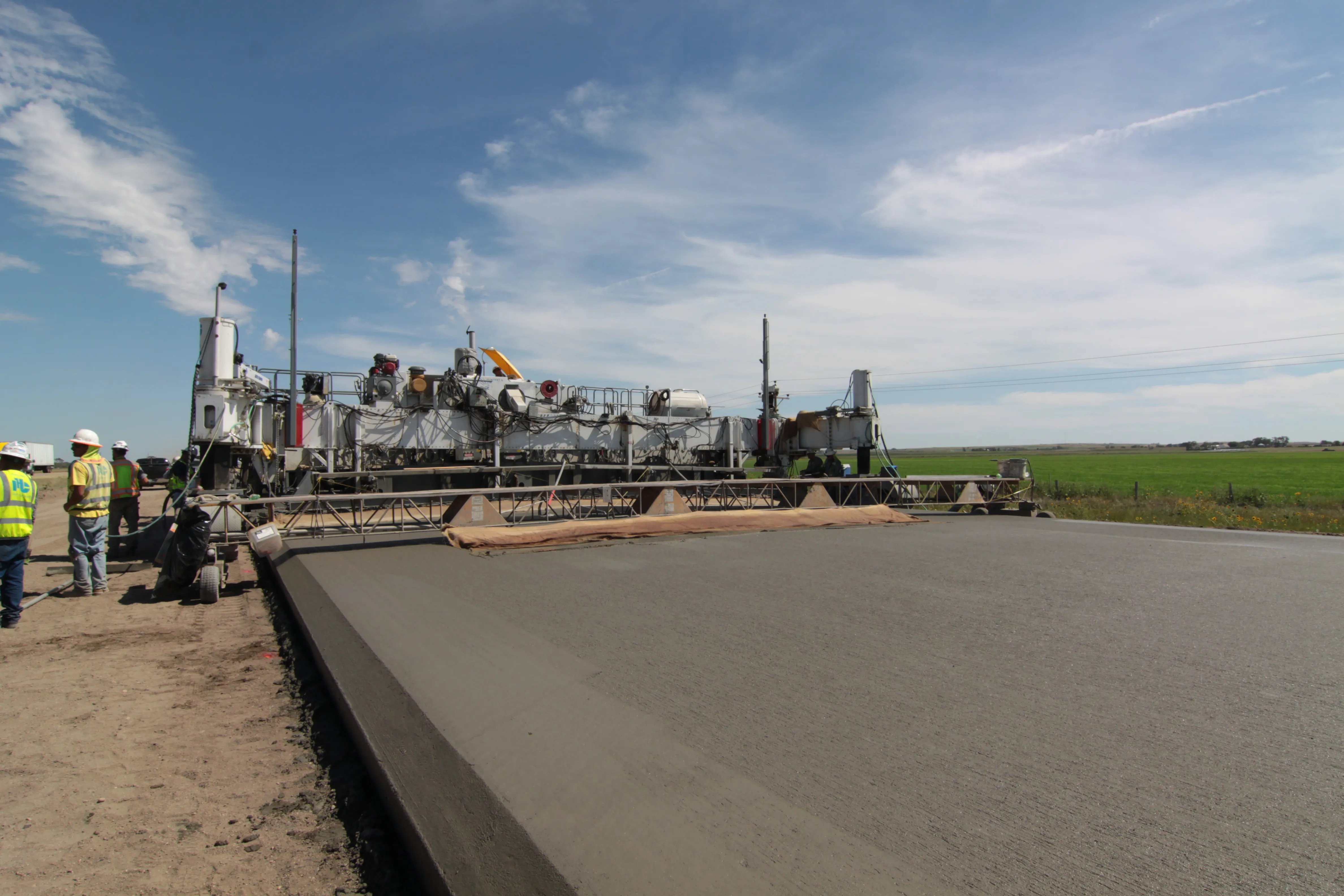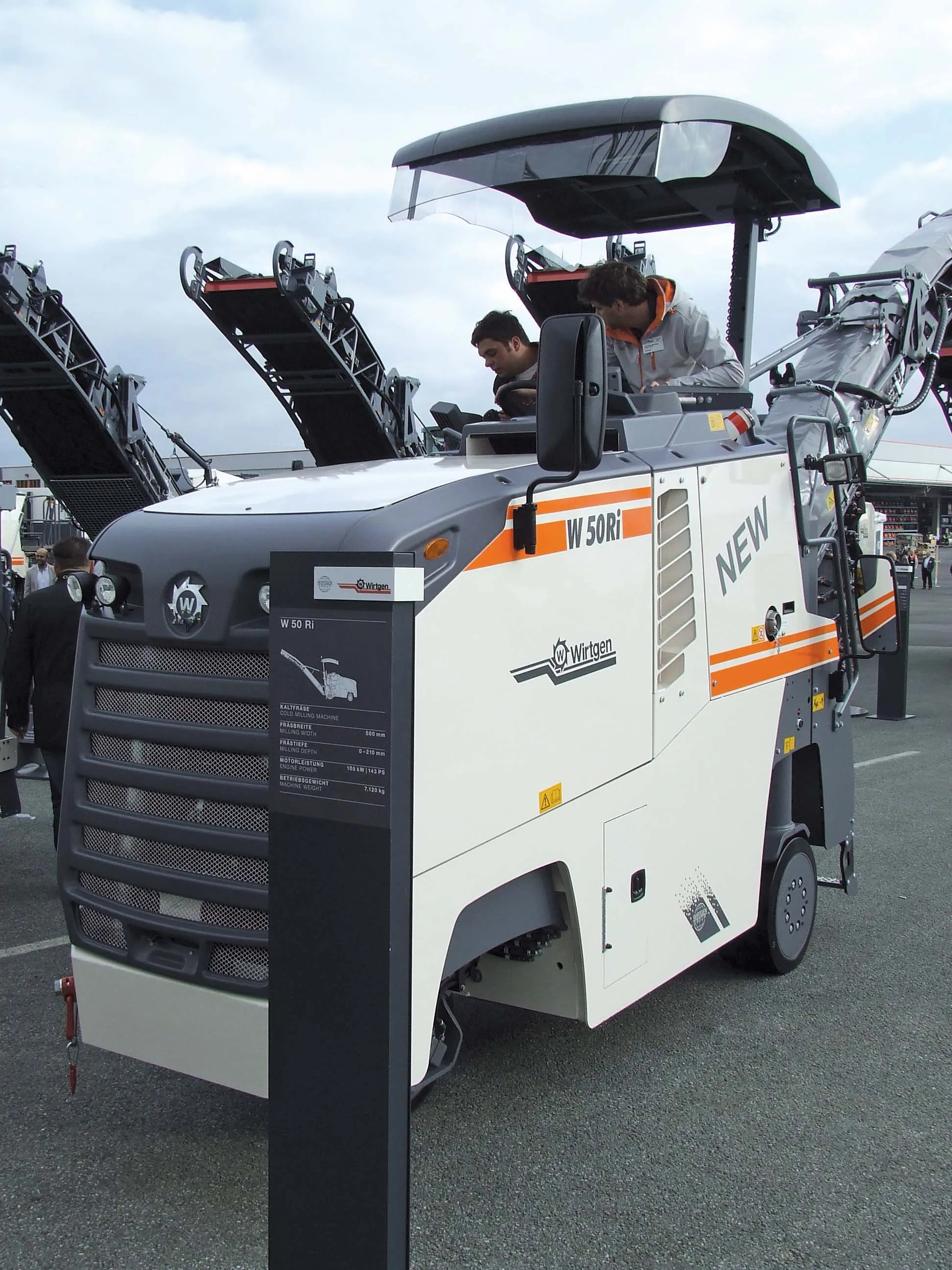Topcon Positioning Group is applying its technology to haul trucks, the company announced on Wednesday.
“Our objective has always been to automate a construction site as much as possible,” said Kris Maas, manager of machine control product marketing for Topcon. “We know we can’t, or at least shouldn’t, remotely operate any vehicle. But, we can and should do the next best thing—manage and track the whereabouts and payload of site material. That’s what HT-30 does.”
January 6, 2017
Read time: 2 mins

“Our objective has always been to automate a construction site as much as possible,” said Kris Maas, manager of machine control product marketing for Topcon.
“We know we can’t, or at least shouldn’t, remotely operate any vehicle. But, we can and should do the next best thing—manage and track the whereabouts and payload of site material. That’s what HT-30 does.”
The HT-30 features a small, portable GPS-enabled control box that mounts into the truck cab. As the truck is loaded, data about the load is input, such as material type, driver, and quantity. The load is then integrated into Sitelink3D, Topcon’s real-time job site management solution. The load can then be tracked for scheduling, rerouted if needed elsewhere, and recorded once delivery is made.
“Whether the material is fill dirt, removal of overburden, select material, base course or even asphalt, HT-30 can be quickly plugged in so management and reporting can be maintained in real-time,” Maas said. “By more accurately measuring hauls, the system can pay for itself very quickly.”
www.topconpositioning.com









